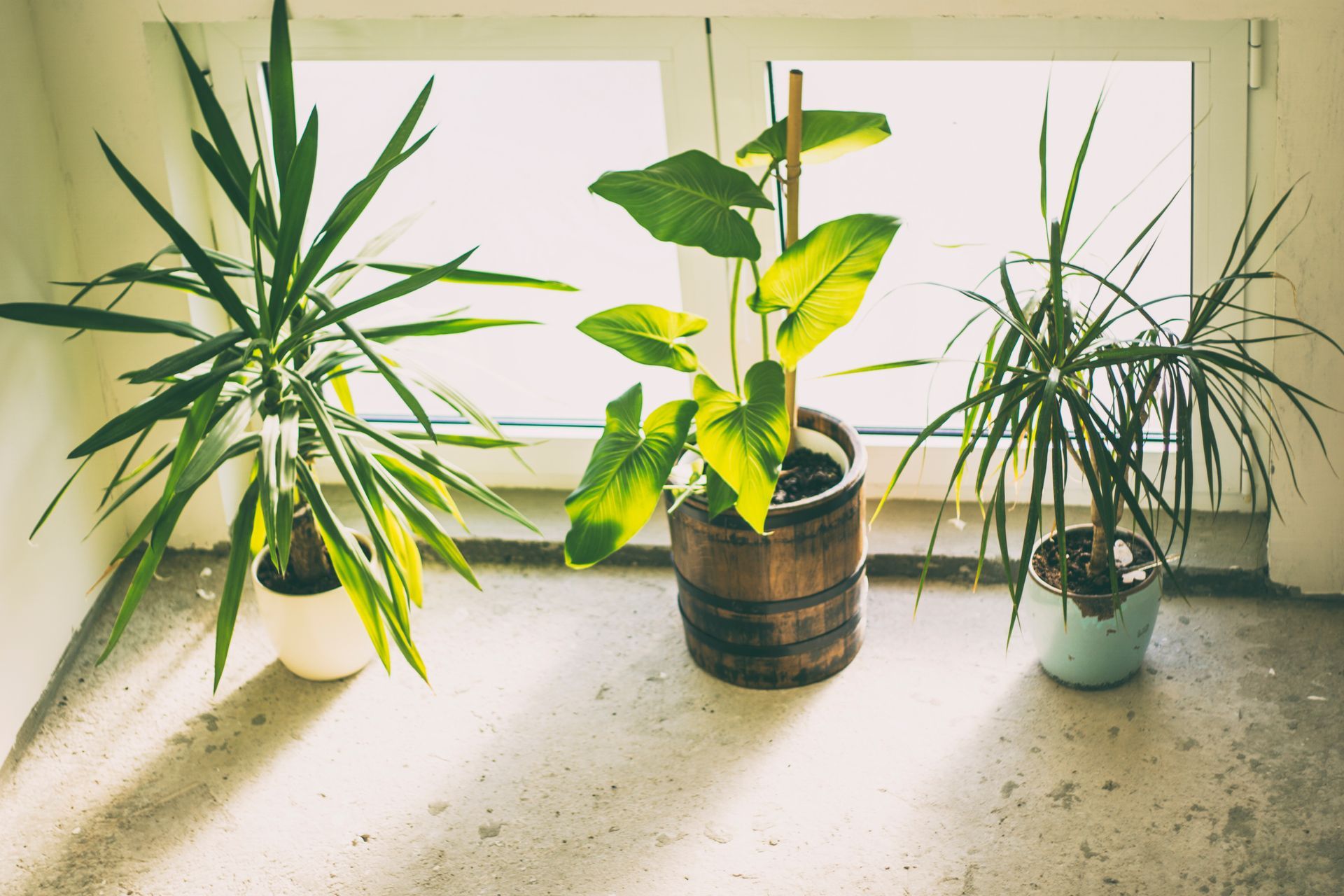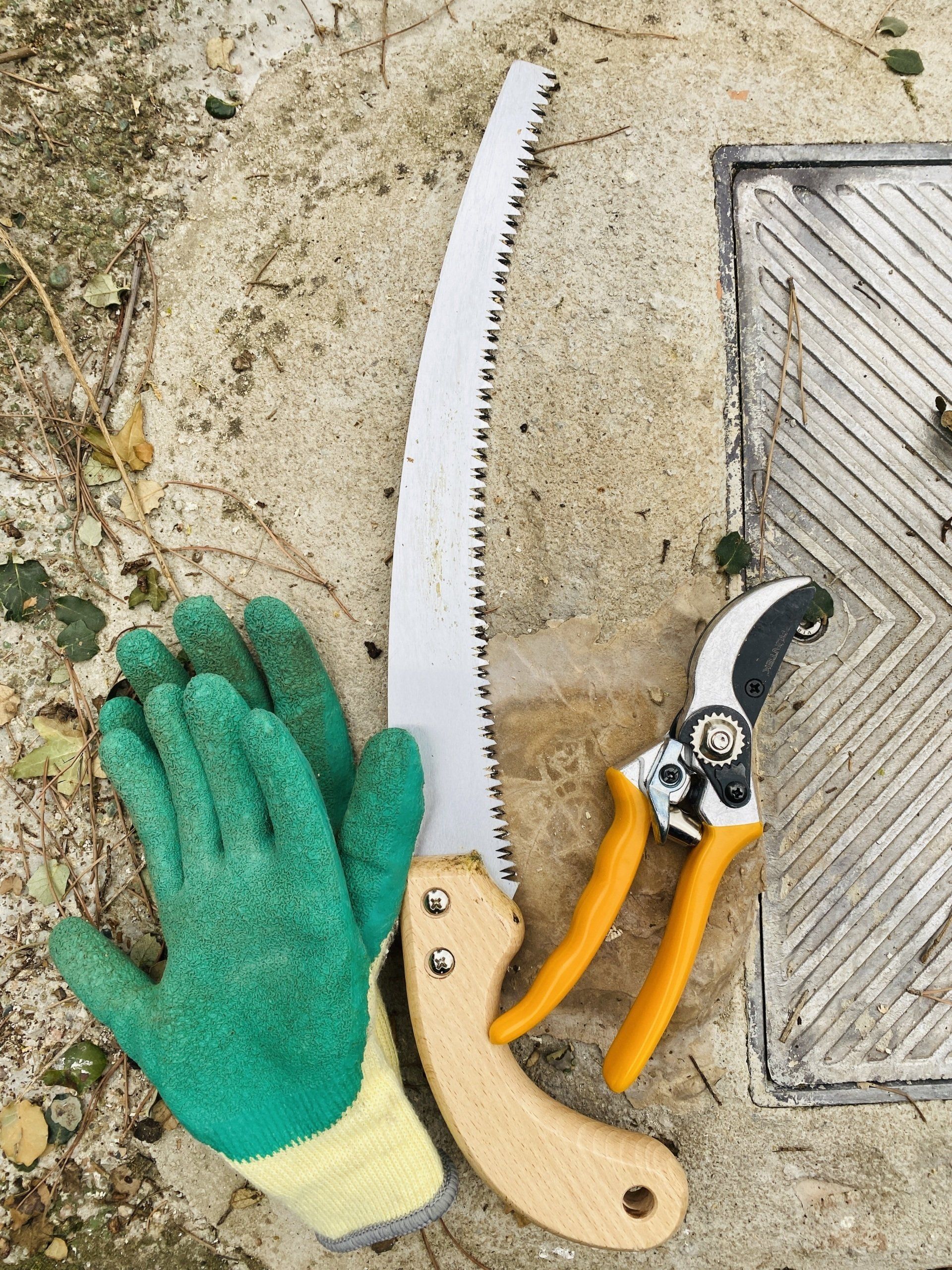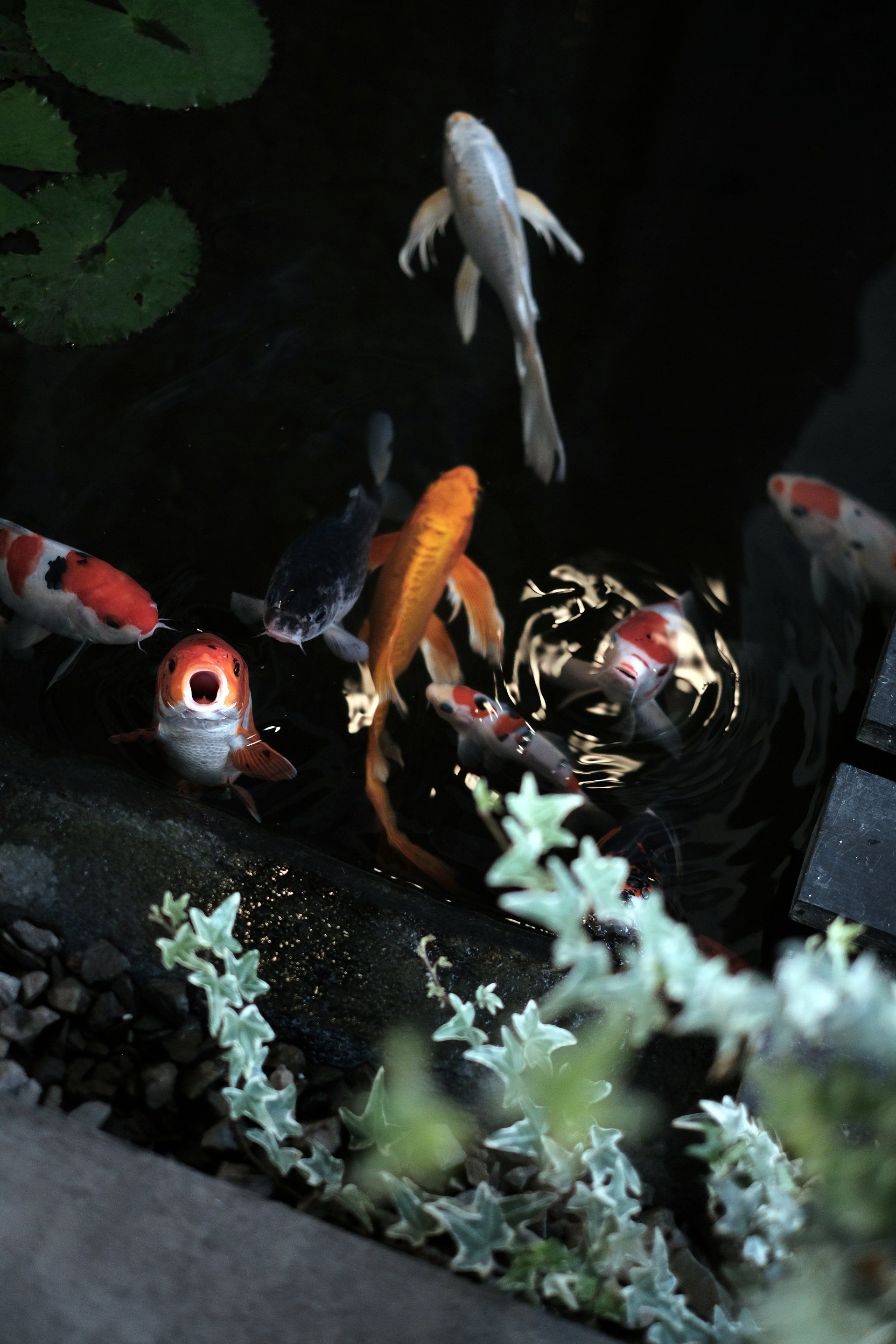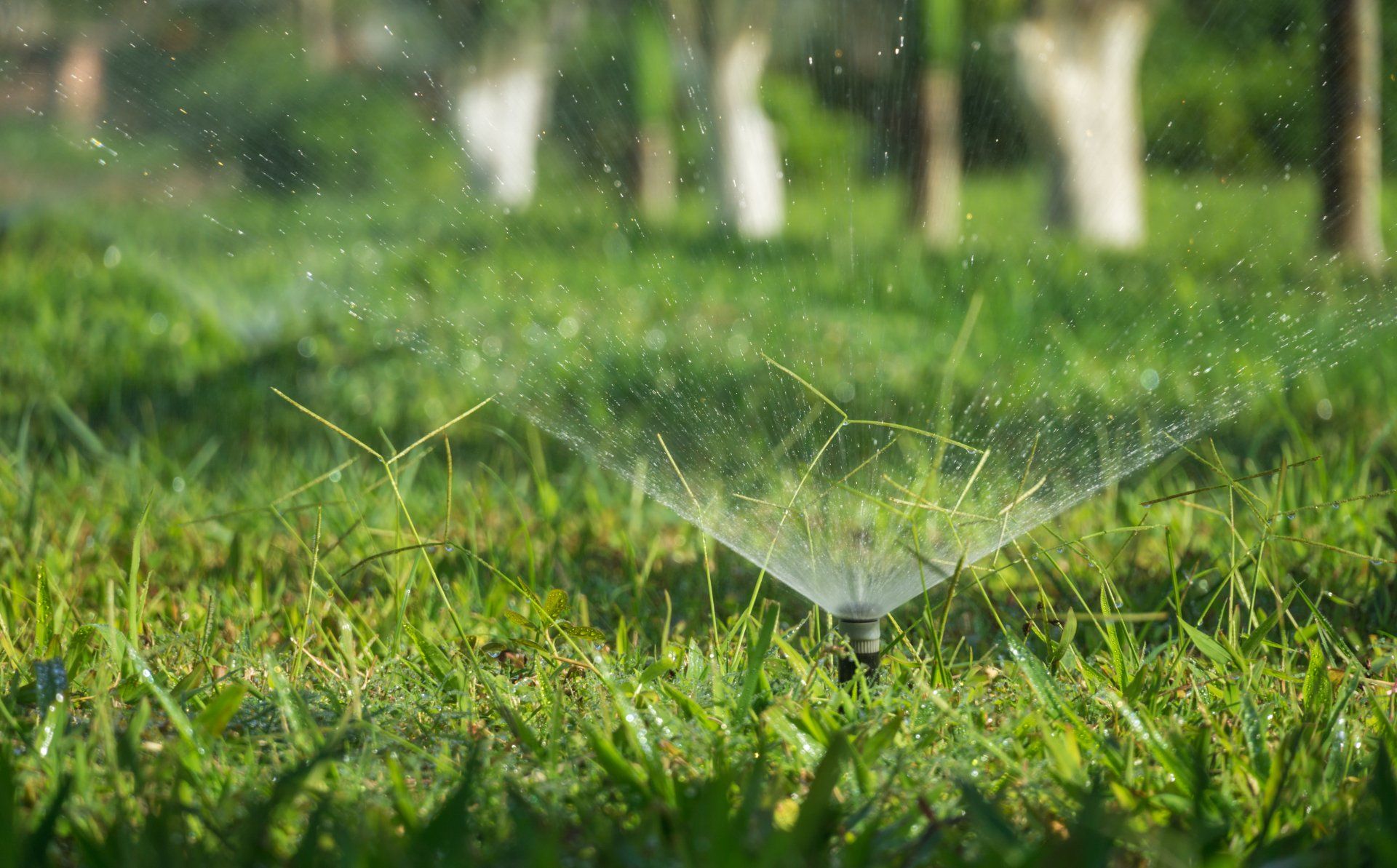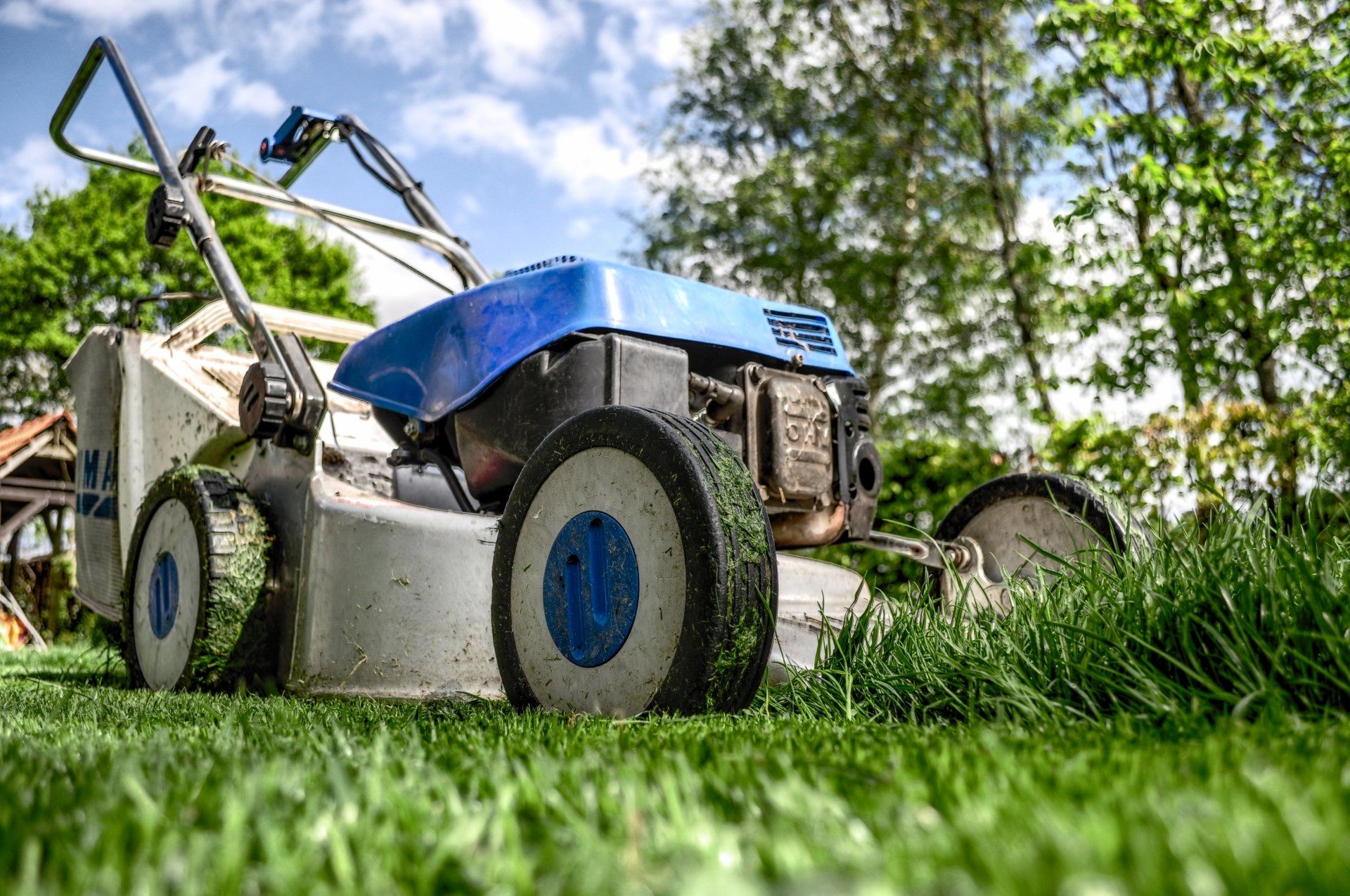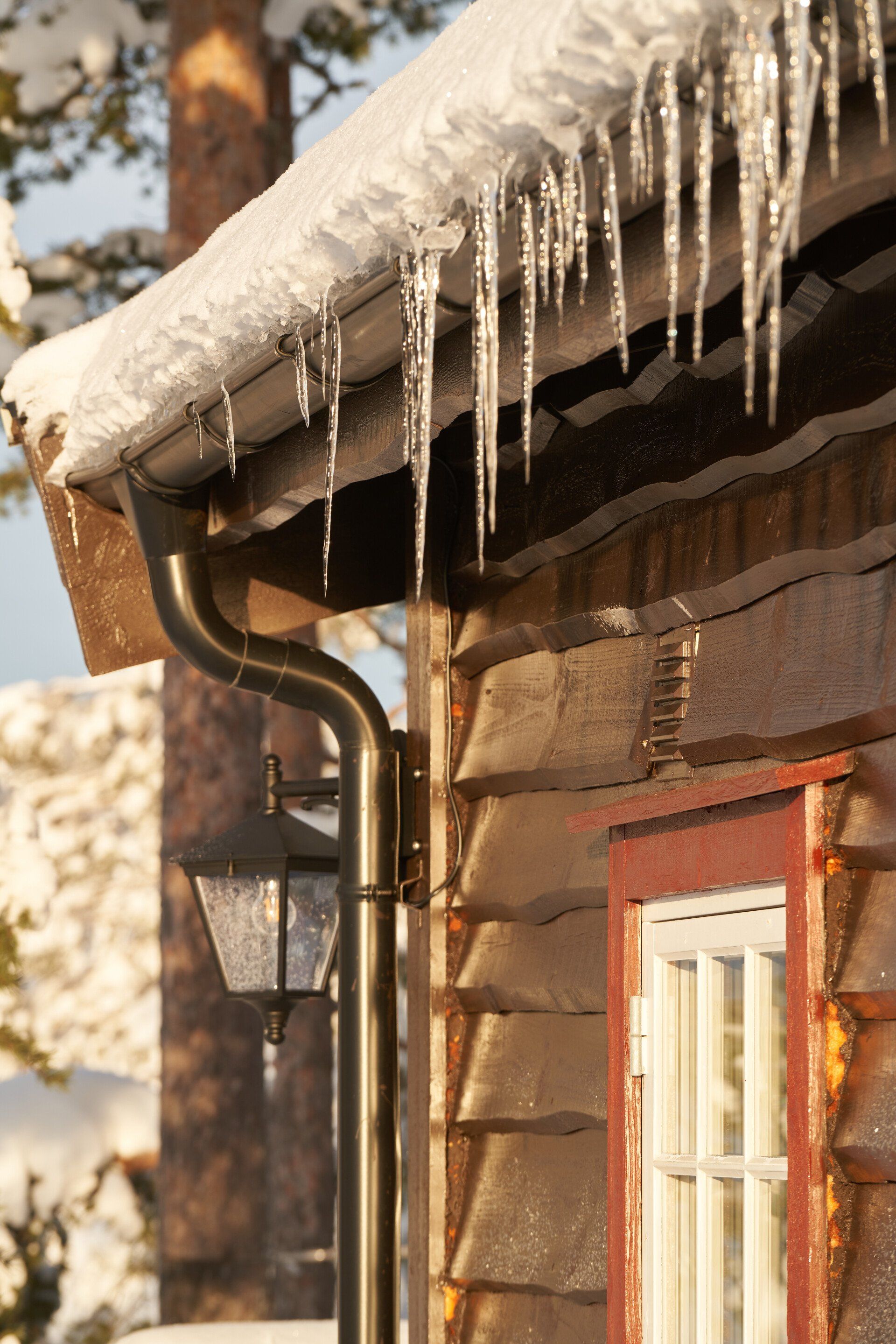How to Revive Dead Grass
How to Revive Dead Grass
Dead grass is an eyesore that can negatively impact your home's curb appeal. This guide can help you revive your green grass if it's struggling to handle the summer heat.
Tips on How to Revive Dead Grass
First, check that the grass has not become dormant. Even during droughts, cool-season lawns in northern regions can sometimes become dormant by midsummer.
Before you decide to take drastic steps to revive your lawn, inspect the crowns. This is the area at the base where individual blades of grass grow. If the crowns remain alive, your lawn will be able to recover if it is watered more often. If the crowns have dried out and are brown, your grass will not grow back no matter how many times you water it.
If you have dead patches on your otherwise healthy lawn that require reviving, it is possible to do it yourself. However, if your lawn needs to be replaced completely, you might need the help of a professional lawn care company.
Here's how you can revive grass patches that are dead:
- Remove unwanted plants from your garden by pulling weeds and using herbicide.
- Dethatch the lawn in order to encourage the circulation of air, moisture, and nutrients beneath the layer of decomposing plant material.
- The soil should be tilled to at least 5 to 6 inches. Organic compost can be added to the soil to increase its nutrient and bulkiness. It will also improve the soil's water-holding ability.
- Check the soil for phosphorus. You can help promote the healthy growth of new grass by adding grass-starter fertilizer.
- Sod can be resown or planted. Place grass seed on the area, and then cover it with a thin layer of soil. Laying sod can be an alternative. The new pieces should be firmly anchored against the ones that are already there, and their roots must contact the soil. You can find out whether your lawn needs to be seeded or sodded.
How to Avoid Dead Grass in The Future
After you've revived your dead lawn, these are some tips to keep it looking great.
- The soil should be kept moist and not soggy for at least two to three more weeks by regularly watering the patches that have been restored. Gradually decrease the frequency of watering once the new lawn is established.
- Keep your grass a few inches longer by mowing once a week.
- Every four to five weeks, fertilize the lawn through the fall. After the first year, fertilize your lawn twice a year: once in spring and once again in fall.
- Every couple of years, aerate and dethatch the soil to improve its ability to breathe.
- Keep your dogs away from the lawn. Some dogs produce acidic urine, which can kill the grass. If you don't have any other options, let your pets go to the bathroom and then dilute the spot in the water.
- Place above-ground water slides and pools around the yard to keep one spot of grass from becoming too dry all summer.
